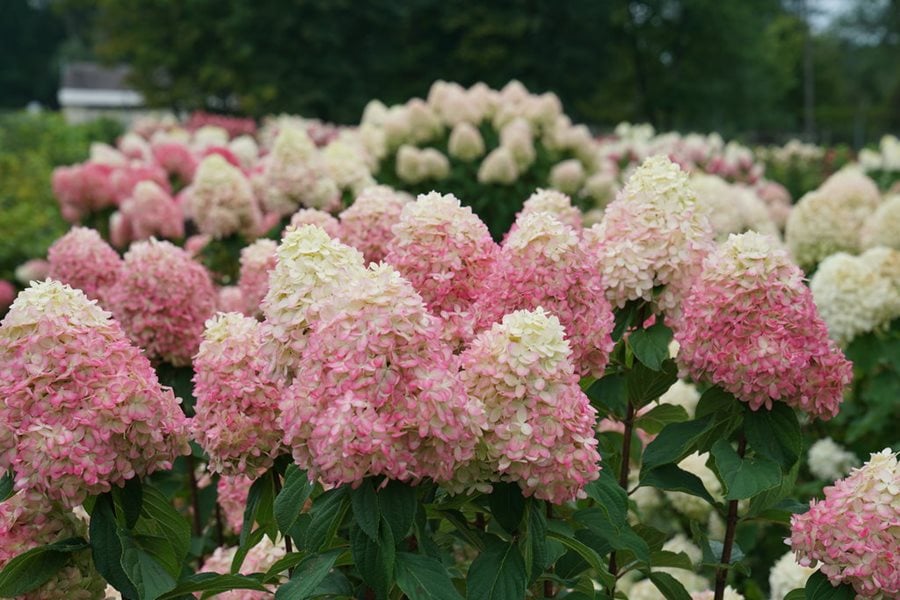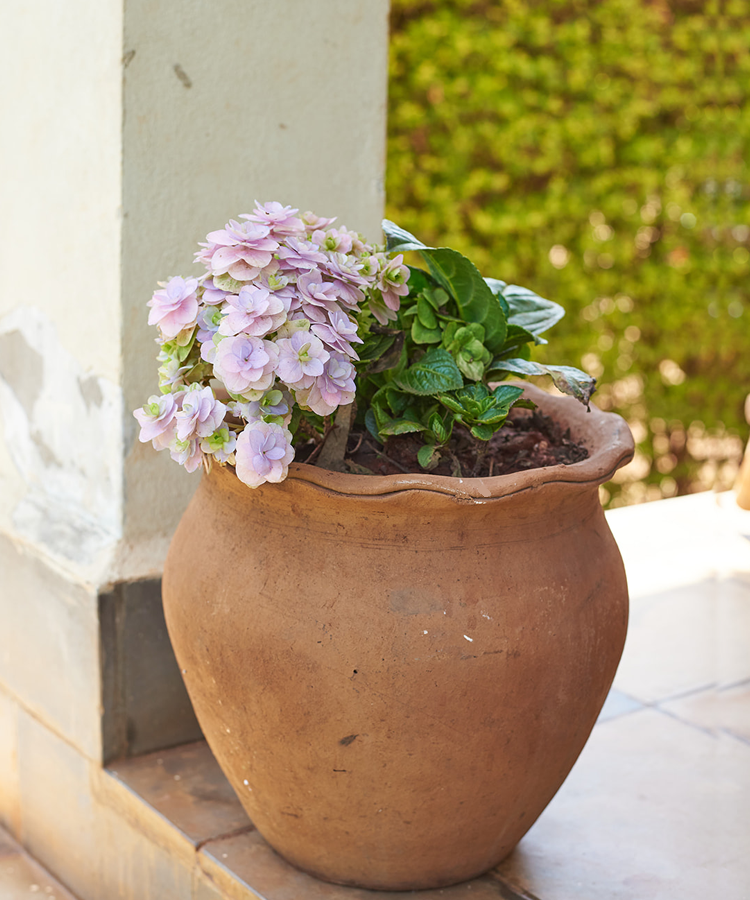Blush Hydrangea: The Ultimate Guide To Planting Growing And Caring For This Beautiful Flower
Blush Hydrangea: The Ultimate Guide to Planting, Growing, and Caring for This Beautiful Flower
Hydrangeas are one of the most popular flowering shrubs in the world, and for good reason. They come in a wide variety of colors, sizes, and shapes, and they can add a touch of beauty and elegance to any garden. Blush hydrangeas are a particularly stunning variety, with delicate pink flowers that bloom in the summer.
If you're thinking about adding a blush hydrangea to your garden, here's everything you need to know about planting, growing, and caring for this beautiful flower.
Introduction
Blush hydrangeas (Hydrangea macrophylla) are a type of bigleaf hydrangea. They are native to East Asia, and they are known for their large, showy flowers that bloom in shades of pink, blue, or white. Blush hydrangeas are relatively easy to grow, and they can thrive in a variety of conditions. However, there are a few things you need to know to ensure that your blush hydrangeas thrive.
In this blog post, we will discuss everything you need to know about planting, growing, and caring for blush hydrangeas. We will cover topics such as:
- Choosing the right location for your blush hydrangea
- Planting your blush hydrangea
- Caring for your blush hydrangea throughout the year
- Common problems with blush hydrangeas and how to solve them
By the end of this blog post, you will be an expert on blush hydrangeas and you will be well on your way to growing beautiful, healthy plants in your own garden.
Main Content
Choosing the right location for your blush hydrangea
Blush hydrangeas prefer full sun to partial shade. They will tolerate full sun in cooler climates, but they may need some afternoon shade in hot, sunny areas. Blush hydrangeas also need well-drained soil. They are susceptible to root rot, so it is important to avoid planting them in soggy or poorly draining soil.
Planting your blush hydrangea
Blush hydrangeas can be planted in the spring or fall. When planting, dig a hole that is twice as wide and as deep as the root ball of your plant. Backfill the hole with a mixture of native soil and compost. Water the plant well after planting.
Caring for your blush hydrangea throughout the year
Blush hydrangeas are relatively low-maintenance plants. However, there are a few things you need to do to ensure that they thrive.
- Water your blush hydrangeas regularly, especially during the first year after planting.
- Fertilize your blush hydrangeas once a year in the spring with a balanced fertilizer.
- Deadhead spent blooms throughout the summer to encourage new growth and flowering.
- In colder climates, you may need to protect your blush hydrangeas from the cold by covering them with a burlap sack or other protective material.
Common problems with blush hydrangeas and how to solve them
Blush hydrangeas are generally healthy plants, but they can be susceptible to a few problems. Here are a few of the most common problems and how to solve them:
- Leaf spot: Leaf spot is a fungal disease that can cause brown or black spots on the leaves of your blush hydrangea. To treat leaf spot, you can use a fungicide or remove the affected leaves.
- Powdery mildew: Powdery mildew is another fungal disease that can cause white, powdery patches on the leaves of your blush hydrangea. To treat powdery mildew, you can use a fungicide or increase the airflow around your plant.
- Root rot: Root rot is a serious problem that can kill your blush hydrangea. It is caused by overwatering and poor drainage. To prevent root rot, make sure that your plant is planted in well-drained soil and that you do not overwater it.
Conclusion
Blush hydrangeas are beautiful and easy-to-grow shrubs that can add a touch of elegance to any garden. By following the tips in this blog post, you can ensure that your blush hydrangeas thrive for many years to come.
Blush hydrangeas are a beautiful addition to any garden. With their large, silvery-pink blooms, they can add a touch of elegance and charm to any landscape. If you're thinking about adding a blush hydrangea to your garden, I recommend visiting . This website has a wealth of information about blush hydrangeas, including how to plant, care for, and propagate them. You can also find photos of different blush hydrangea varieties, as well as tips on how to choose the right one for your garden.
In addition to providing comprehensive information about blush hydrangeas, also offers a variety of other resources for gardeners, including articles on other types of hydrangeas, gardening tips, and plant care advice. Whether you're a beginner gardener or an experienced horticulturist, you're sure to find something useful on .
So if you're looking for more information about blush hydrangeas, I encourage you to visit . You won't be disappointed!
FAQ of blush hydrangea
- What is a blush hydrangea?
A blush hydrangea is a type of hydrangea that produces flowers in a range of pink and purple shades. The color of the flowers can vary depending on the pH of the soil, with acidic soil producing brighter pink flowers and alkaline soil producing more purple flowers. Blush hydrangeas are typically hardy in USDA zones 3-9 and can grow up to 6 feet tall and wide.
- How much sun does a blush hydrangea need?
Blush hydrangeas can tolerate a range of sunlight conditions, but they do best in full sun in cooler climates. In warmer climates, they may appreciate some afternoon shade.
- How much water does a blush hydrangea need?
Blush hydrangeas need regular watering, especially during the first year after planting. Once established, they can tolerate some drought conditions, but they will produce more flowers with regular watering.
- How do I fertilize a blush hydrangea?
Blush hydrangeas should be fertilized once in the spring with a balanced fertilizer. You can also fertilize them again in the fall, but this is not necessary.
- How do I deadhead a blush hydrangea?
Blush hydrangeas should be deadheaded regularly to encourage new growth and more flowers. You can deadhead them by simply snipping off the spent blooms.
Image of blush hydrangea
5 different images of "blush hydrangea" from Pinterest:
- A large, full bouquet of blush hydrangeas in a vase. The flowers are a soft pink color with a slight blue tint.
- A close-up of a single blush hydrangea flower. The petals are a delicate pink color and the center of the flower is a darker pink.

- A row of blush hydrangea bushes in a garden. The flowers are in full bloom and are a light pink color.

- A single blush hydrangea flower against a green background. The flower is a light pink color and the petals are slightly curled.

- A blush hydrangea flower in a terracotta pot. The flower is a light pink color and the pot is a dark brown color.


Post a Comment for "Blush Hydrangea: The Ultimate Guide To Planting Growing And Caring For This Beautiful Flower"